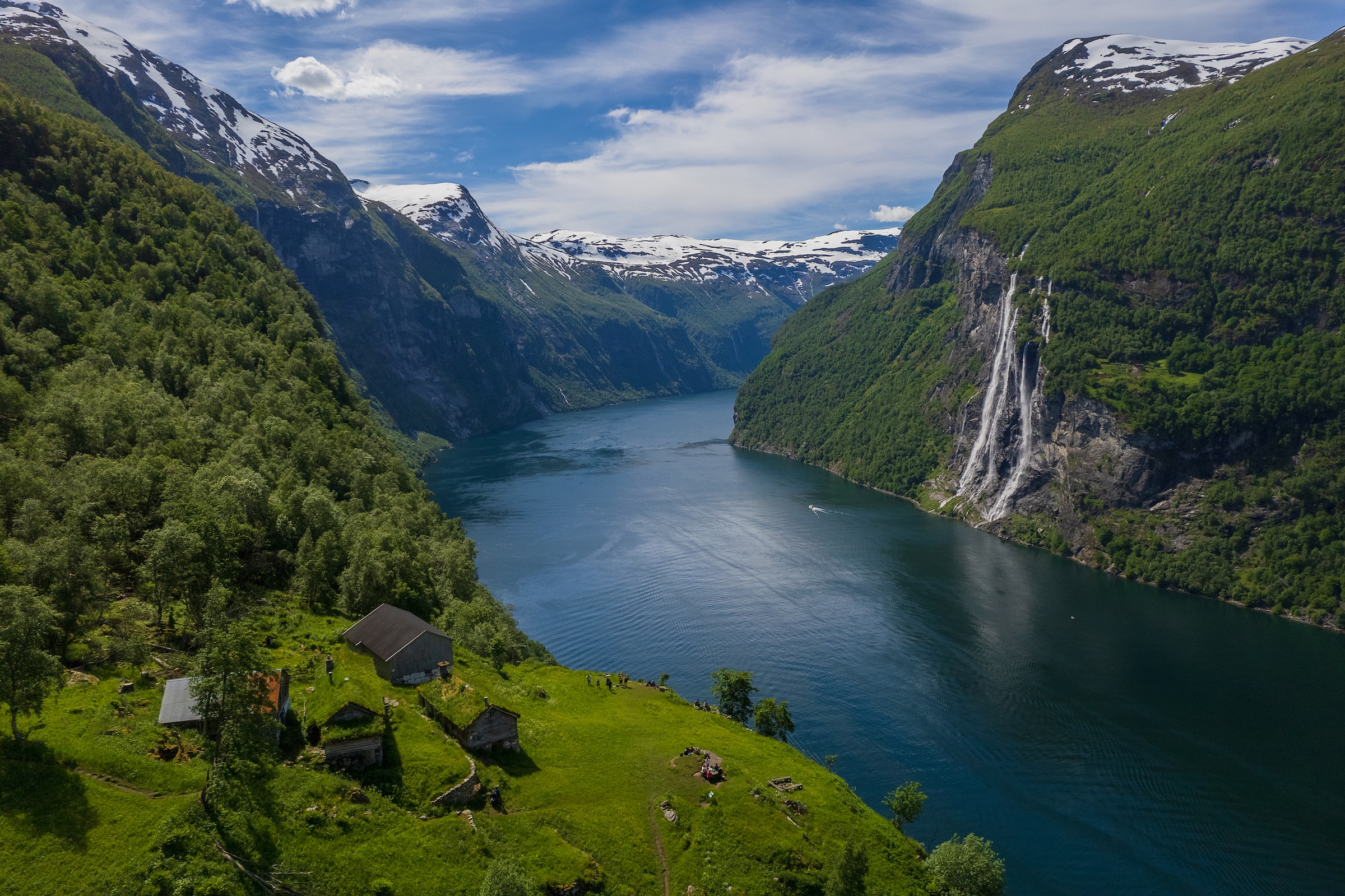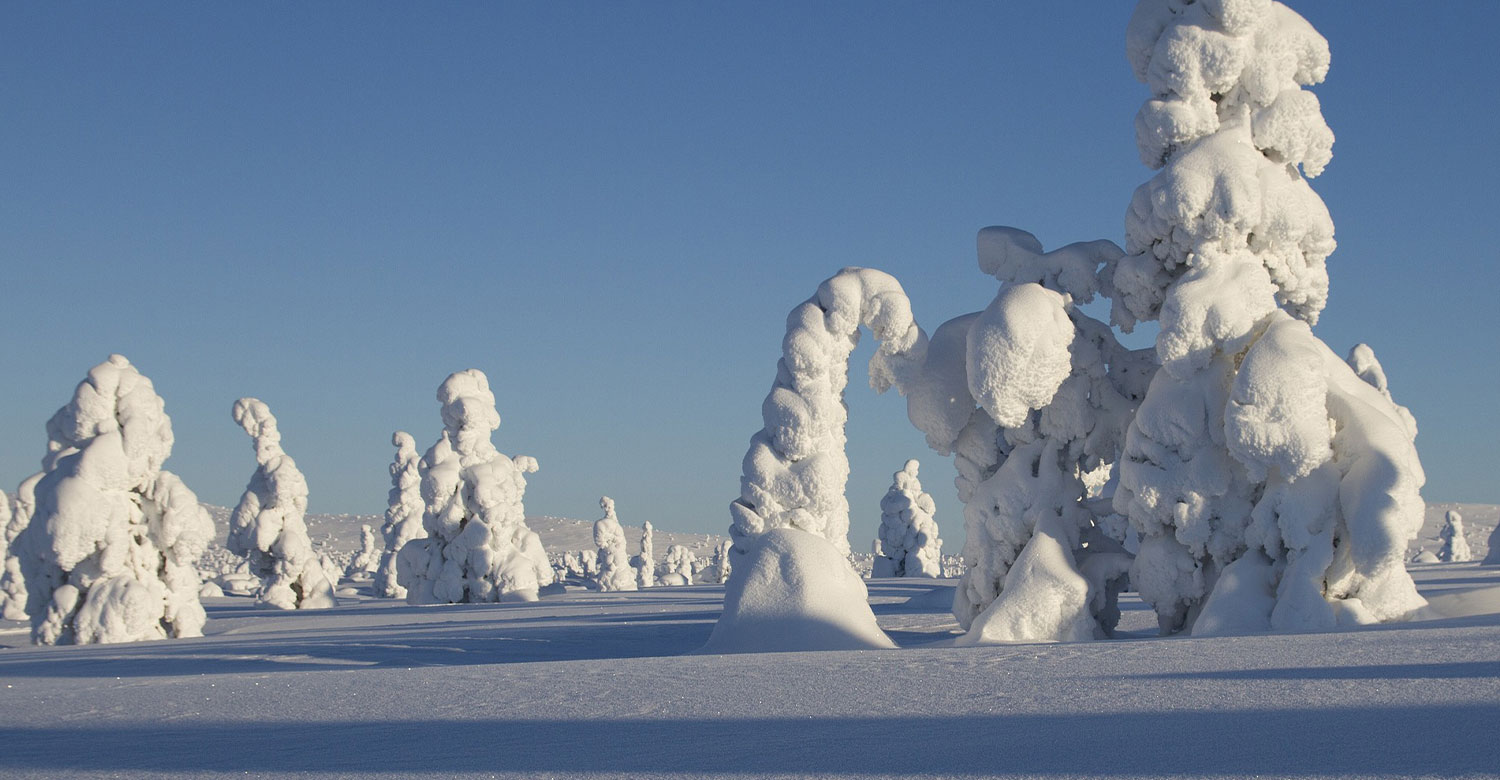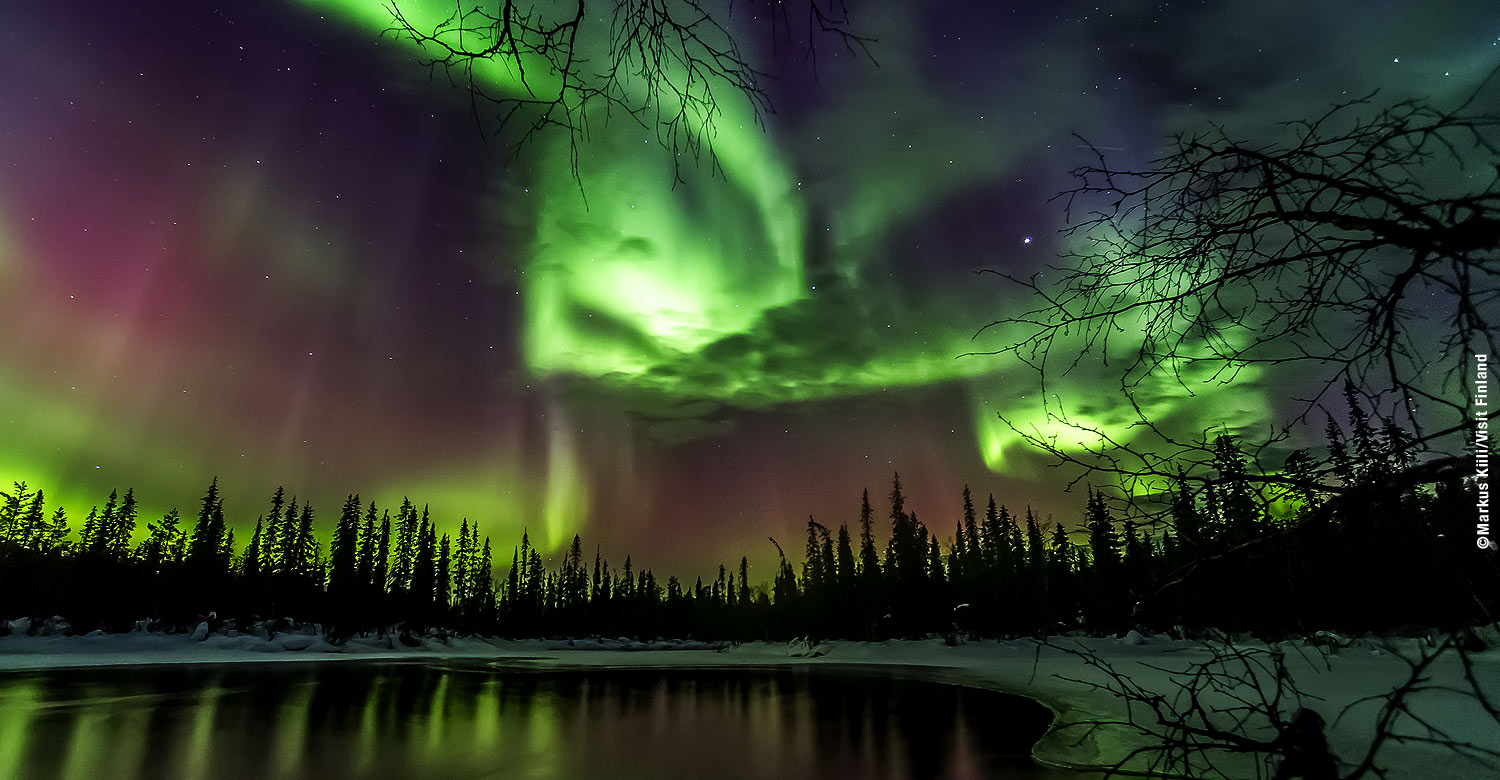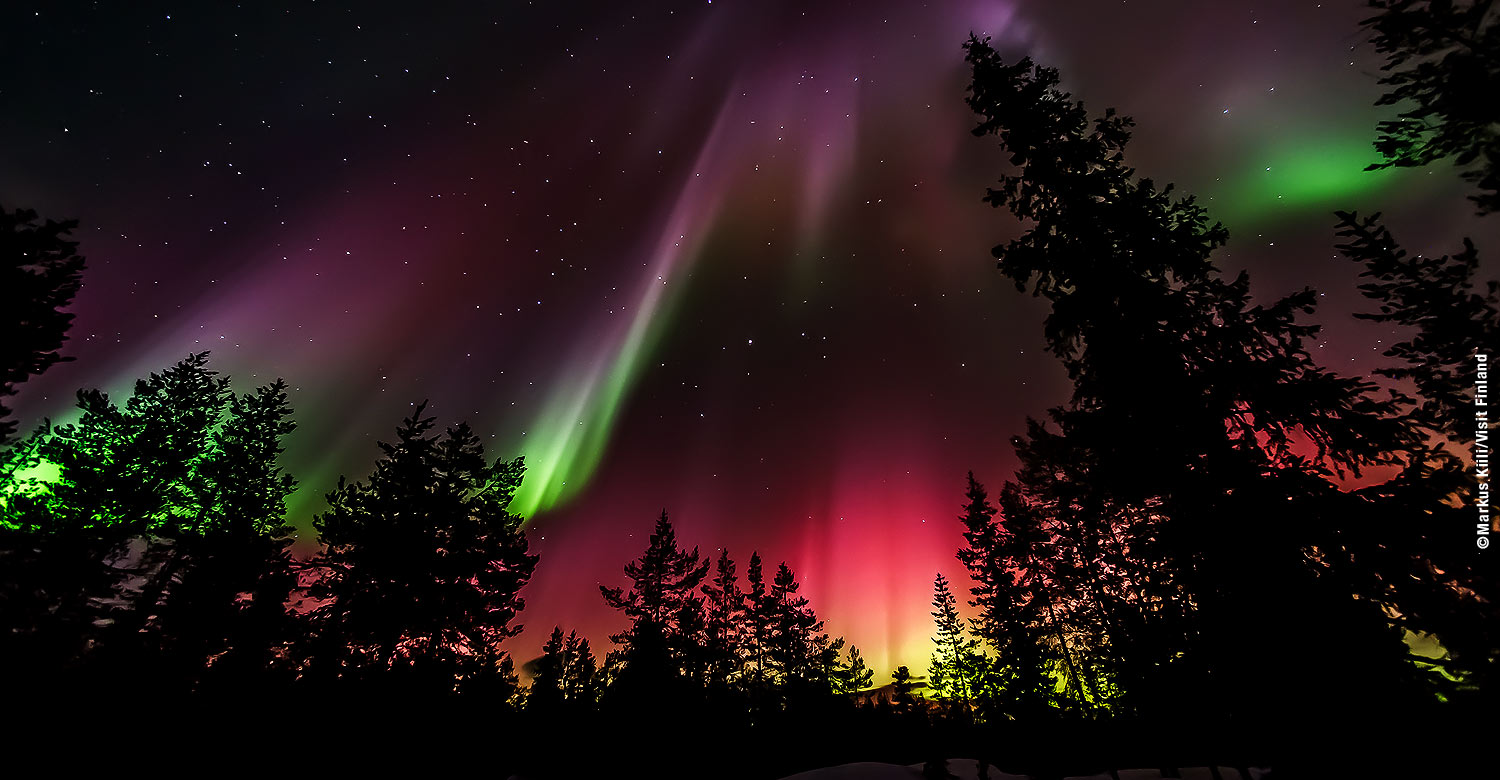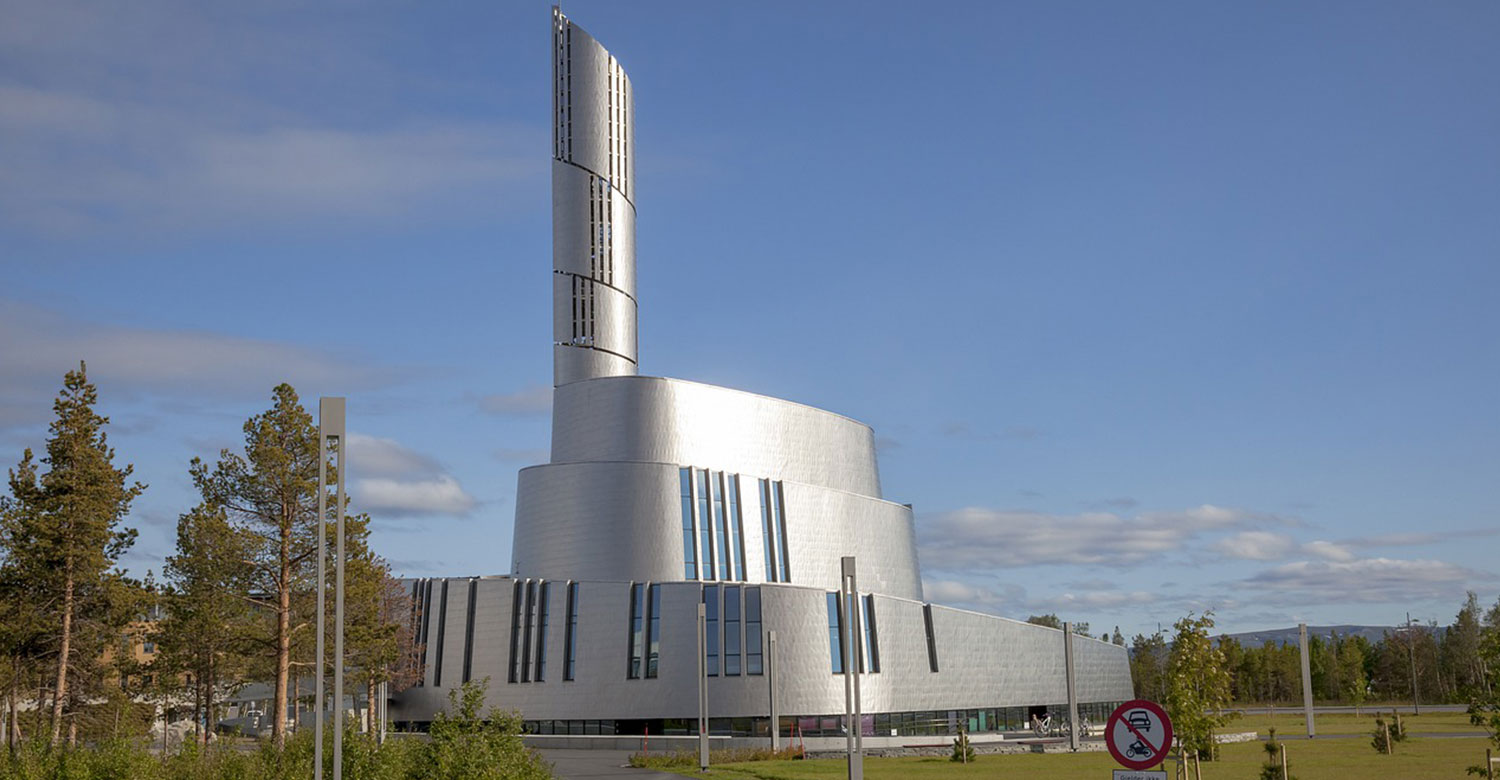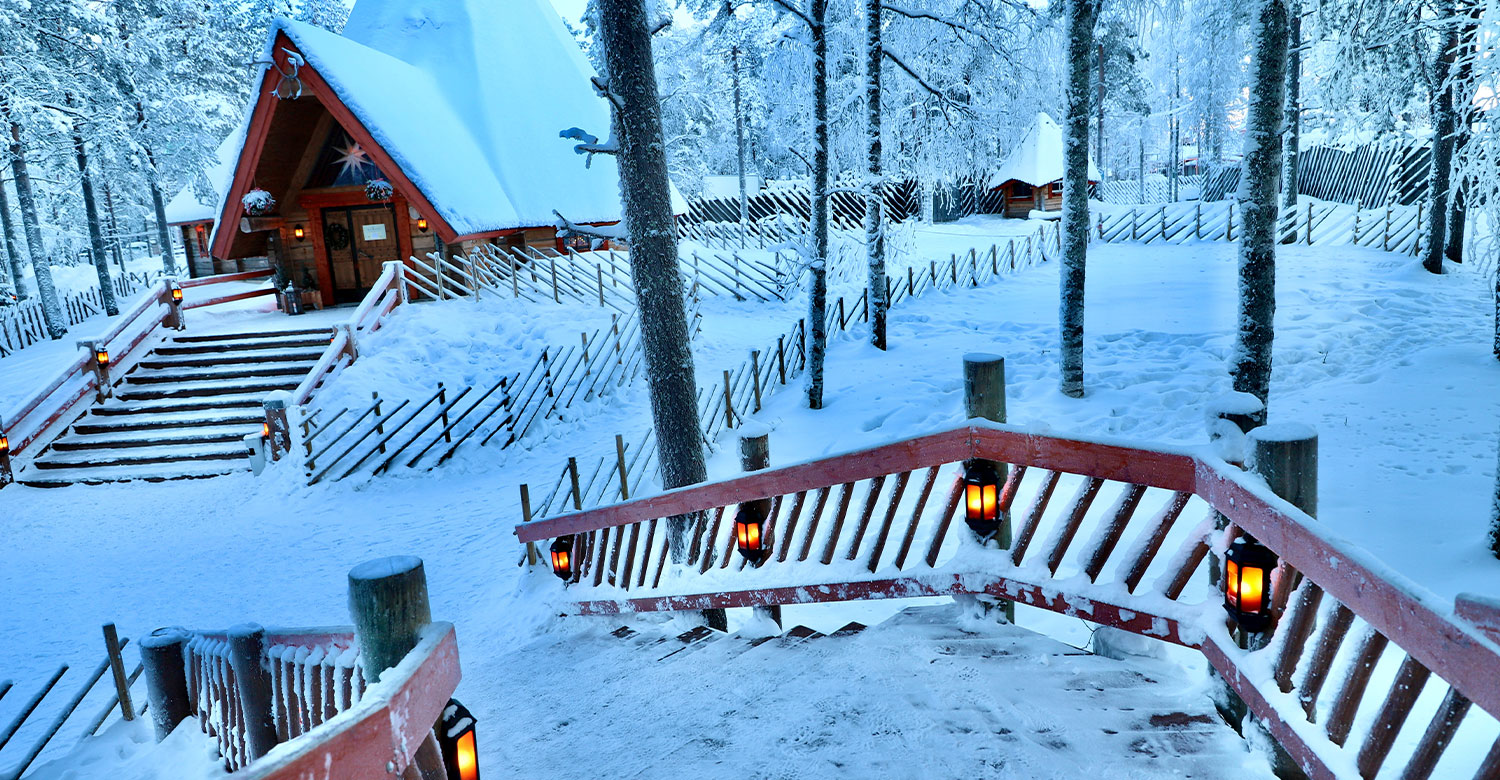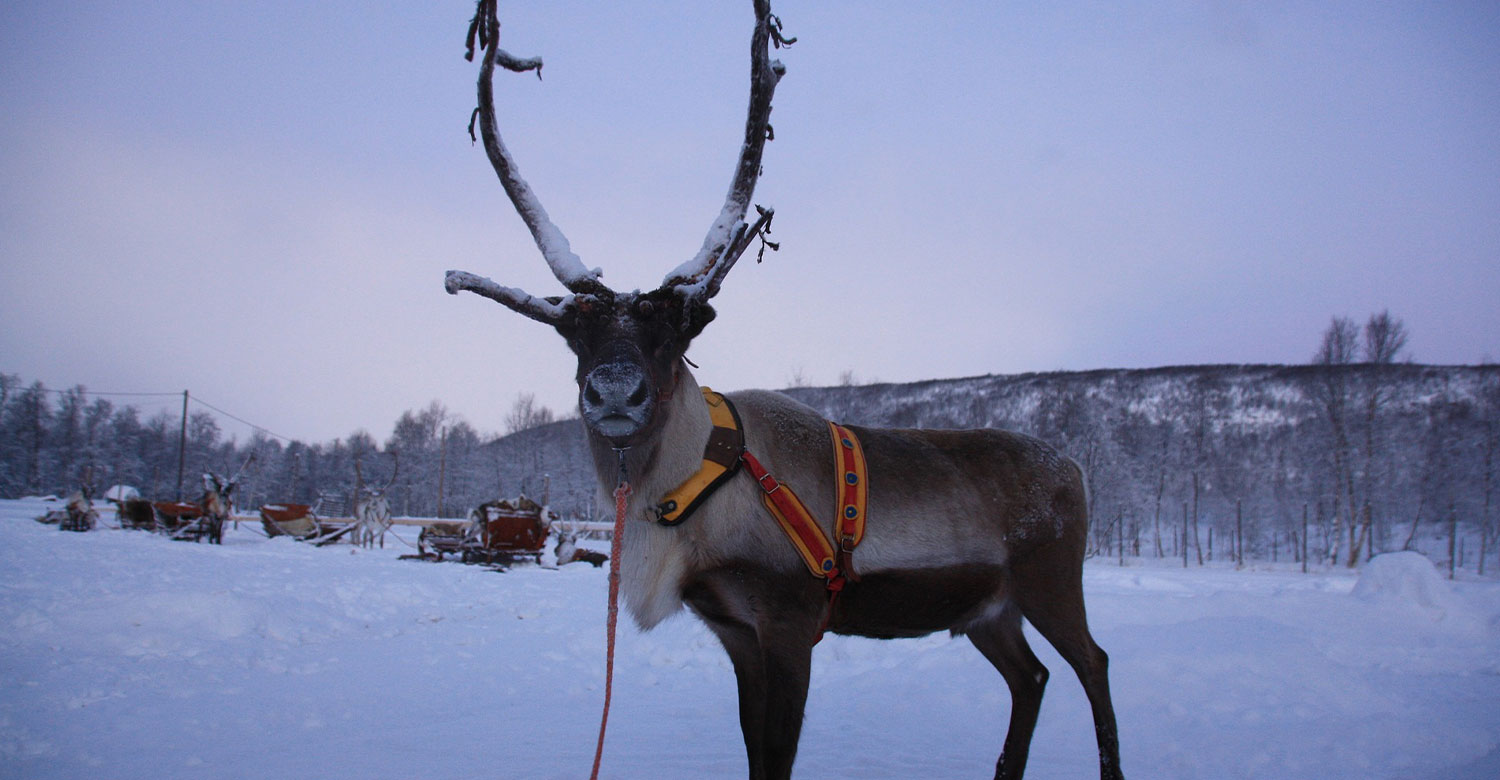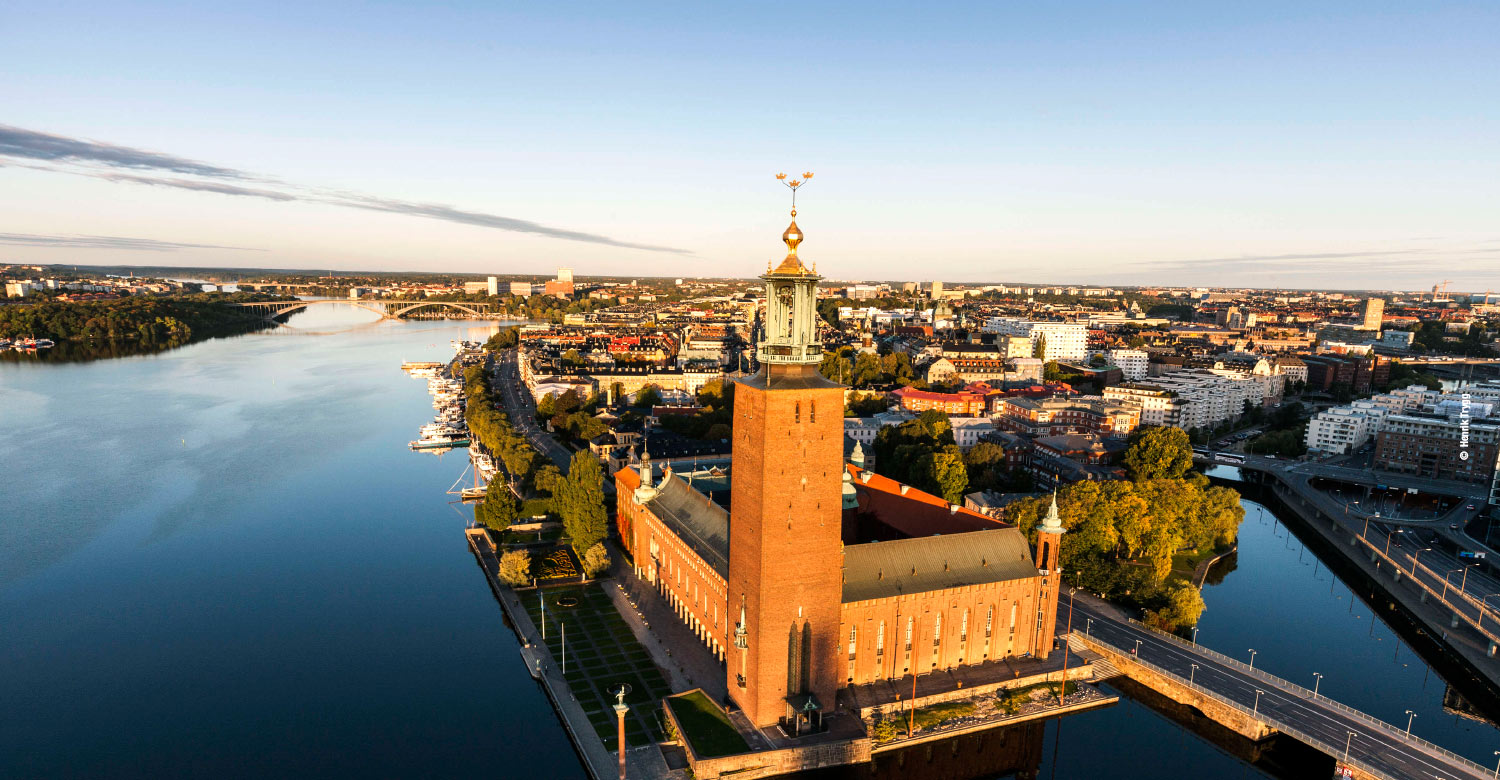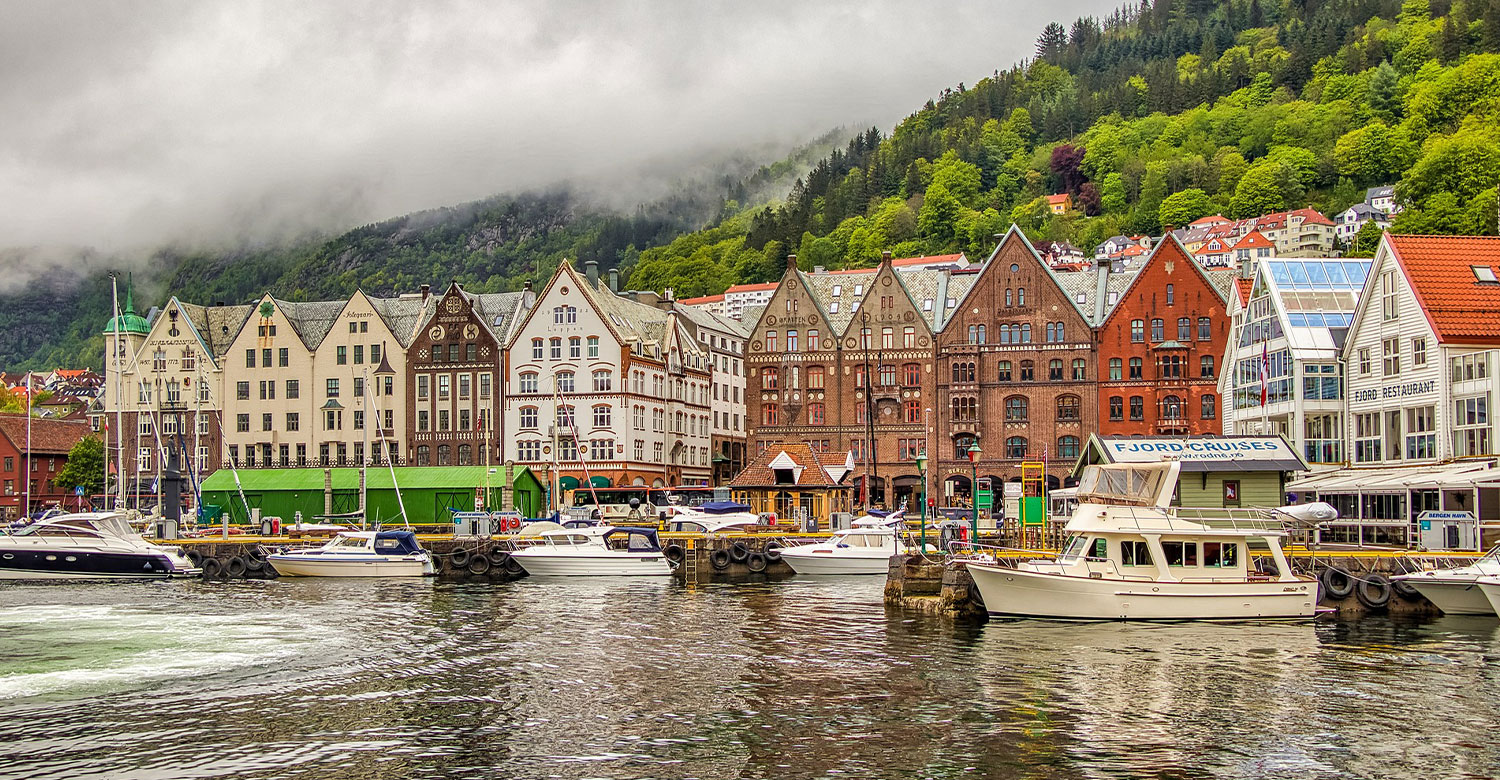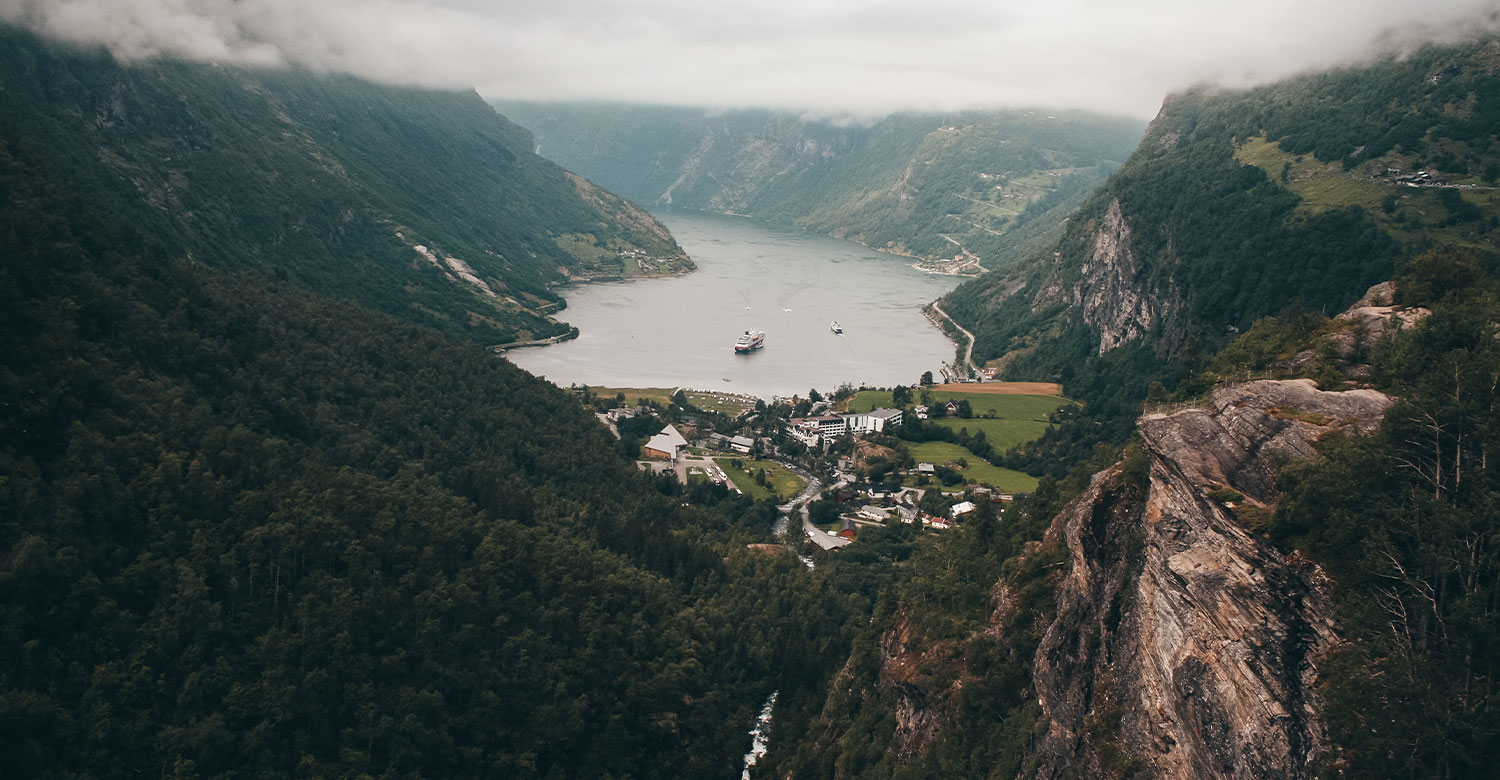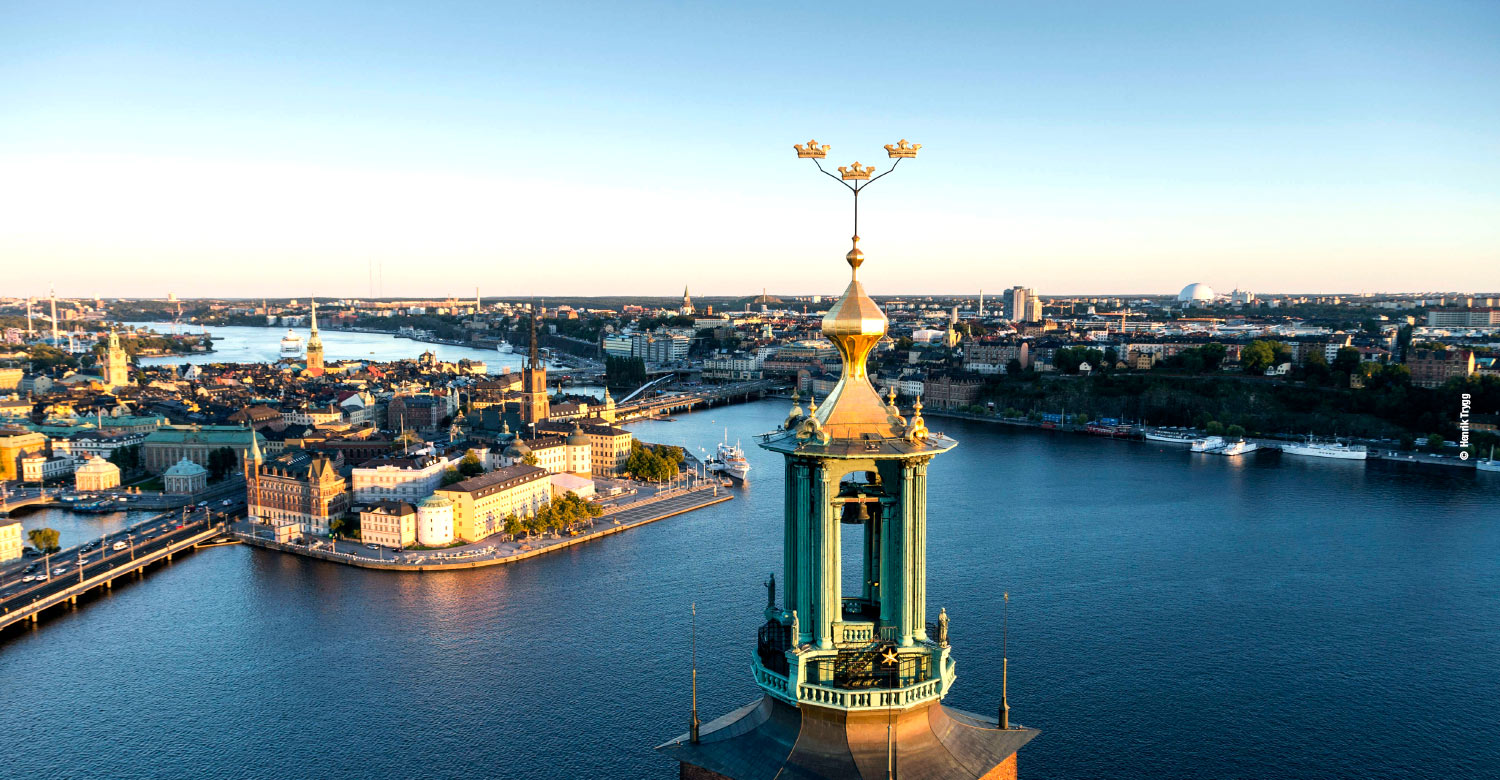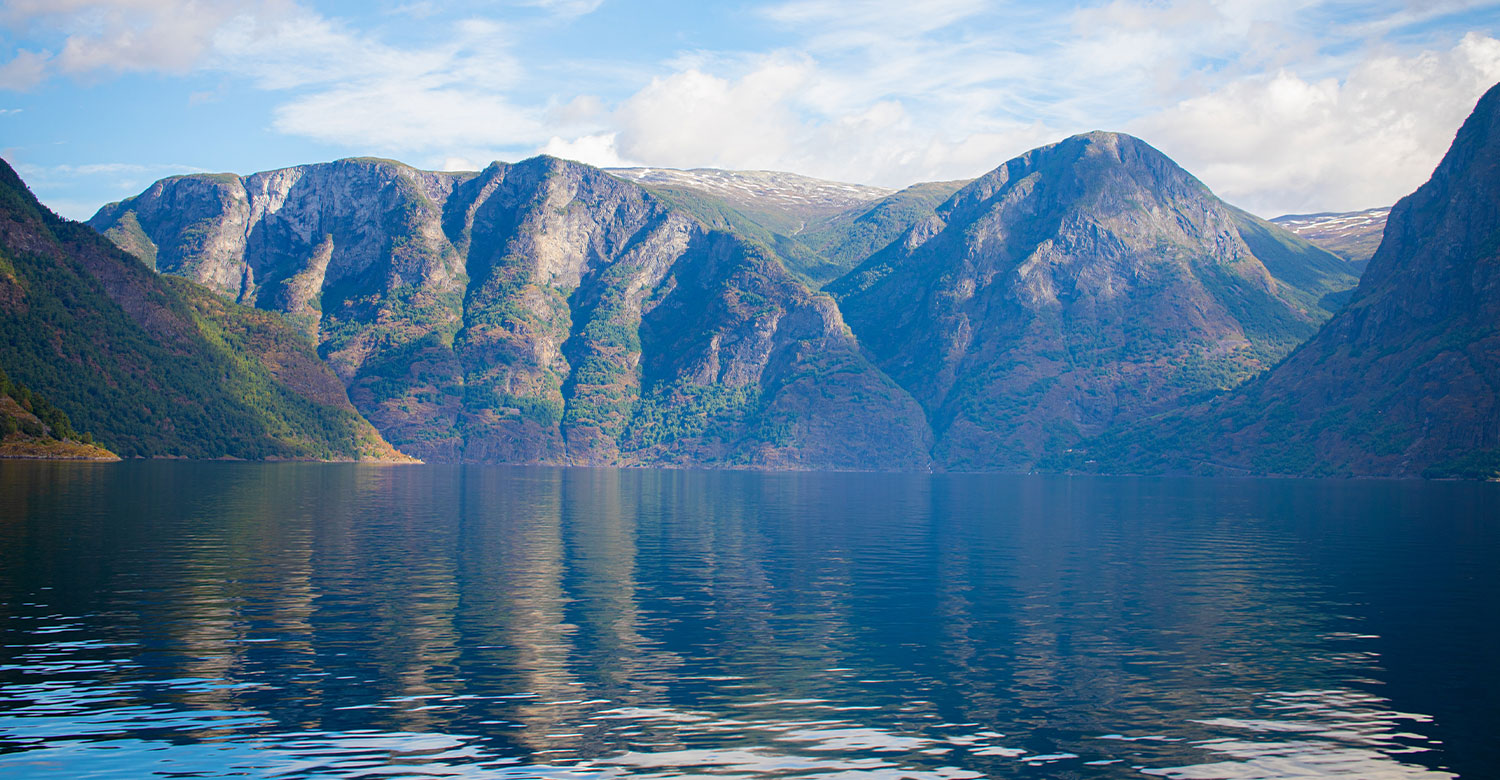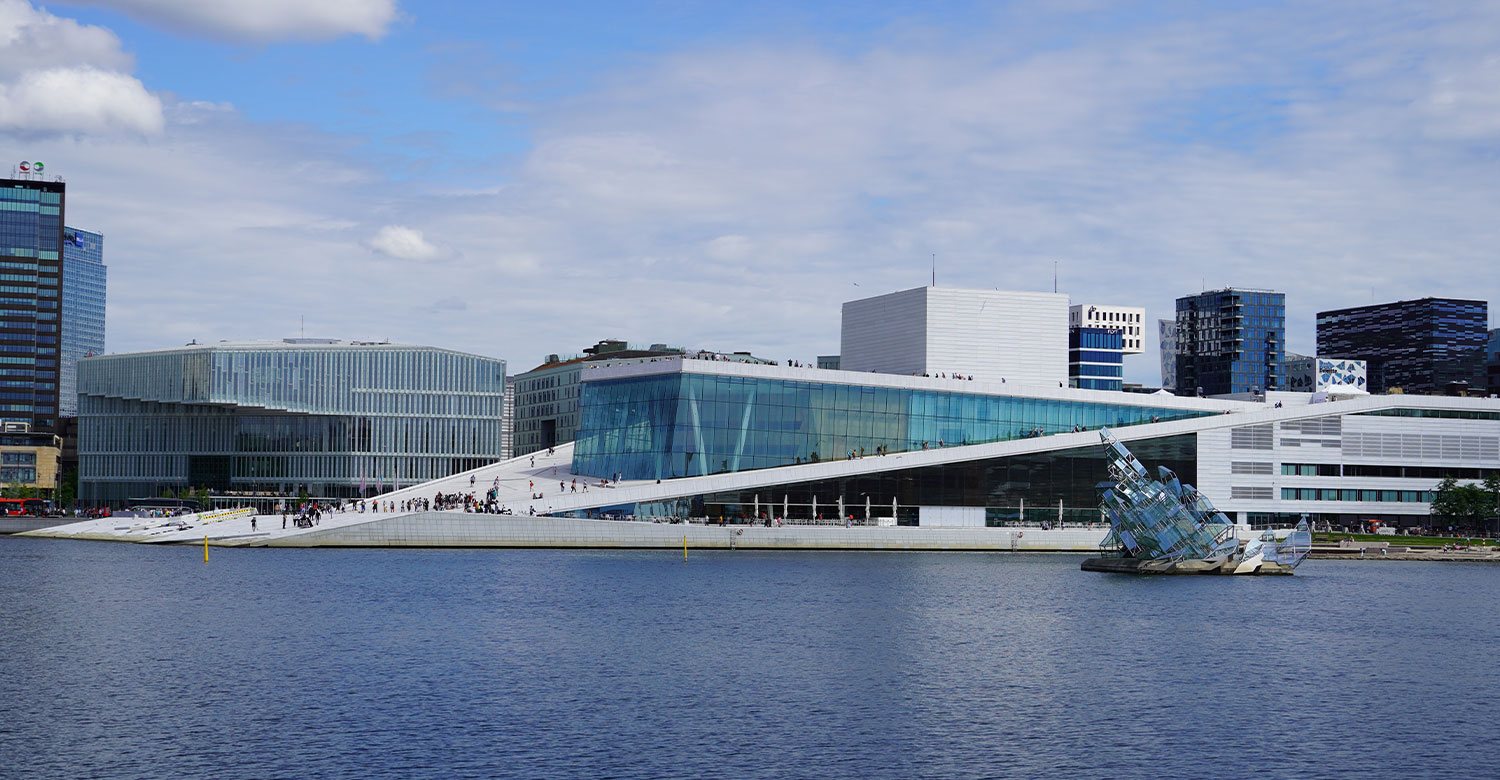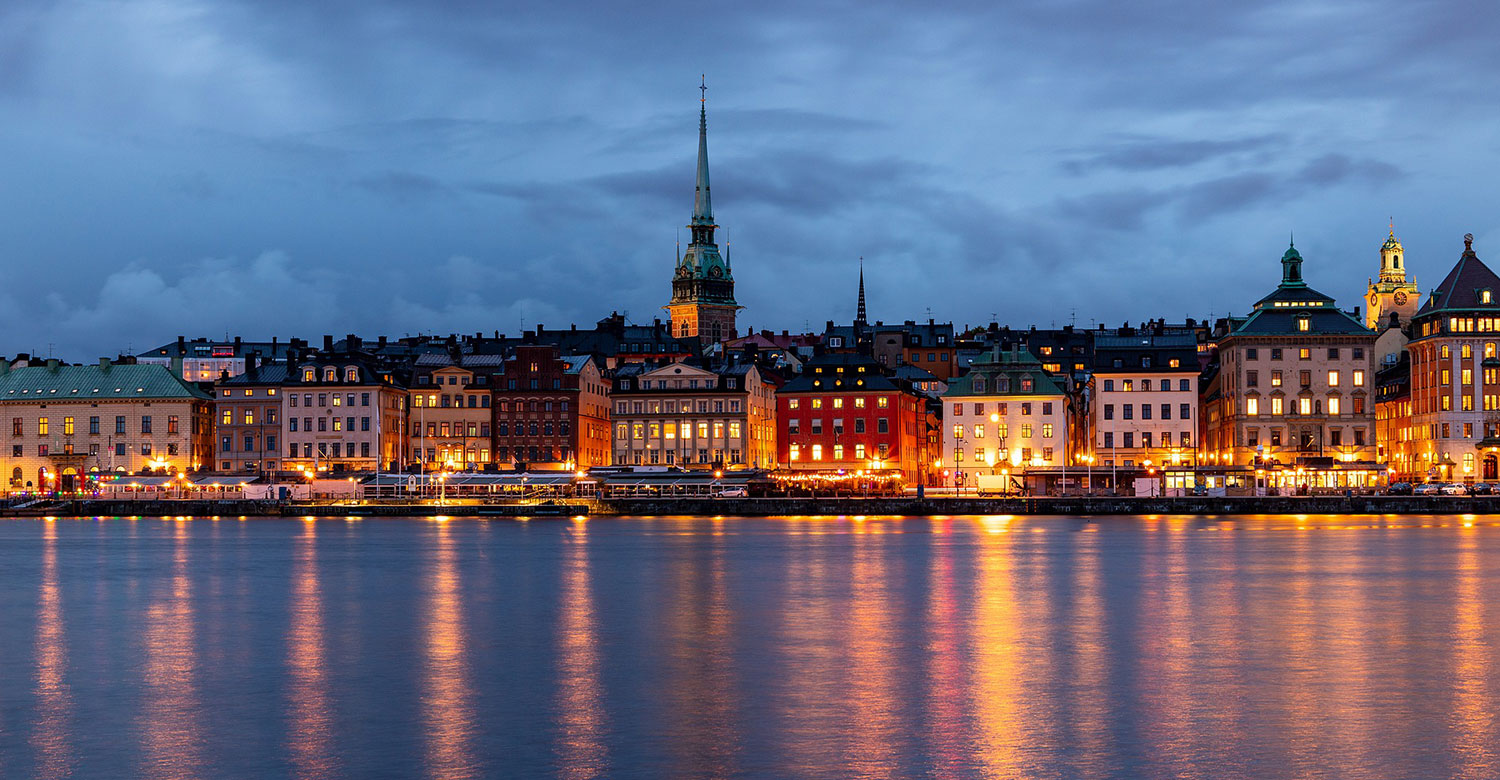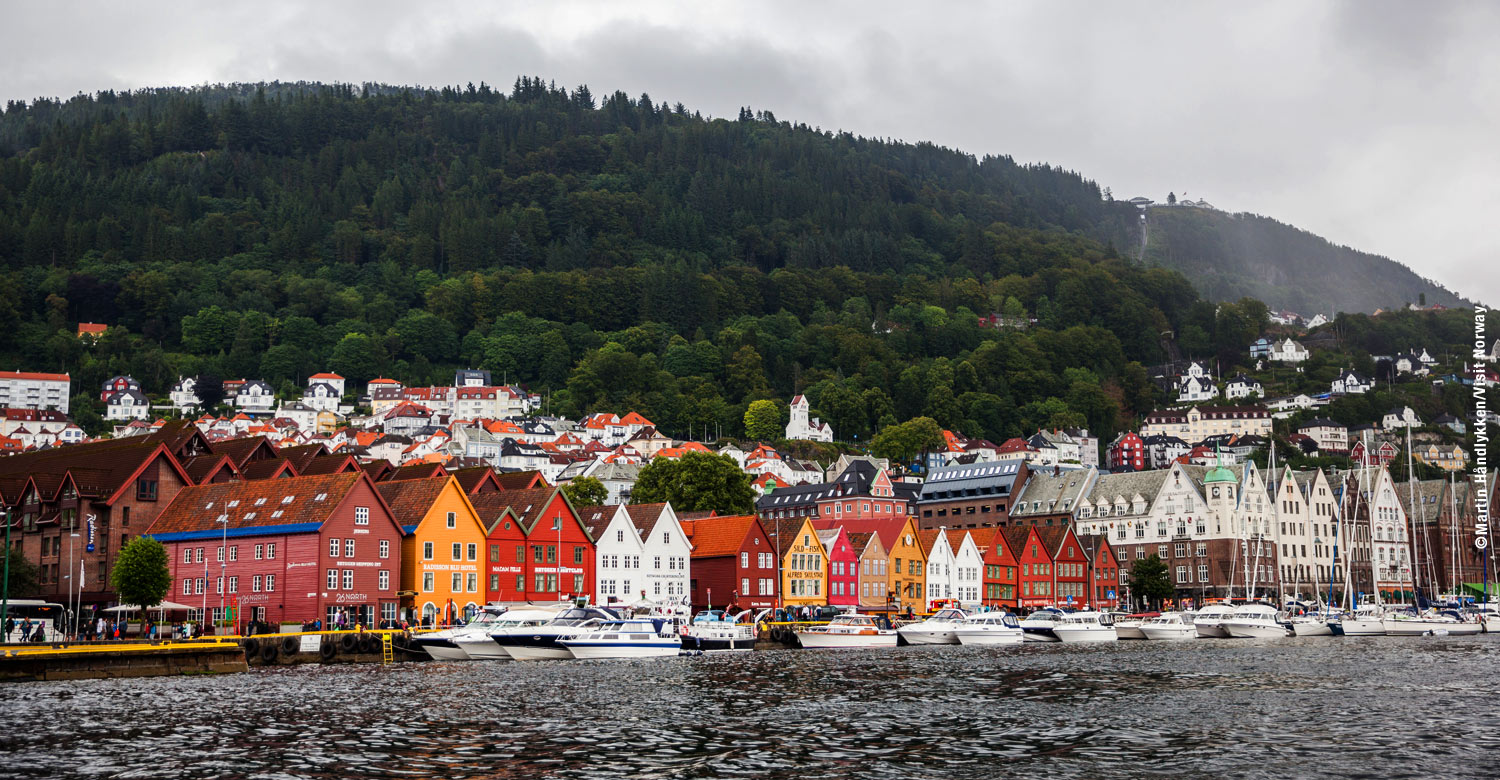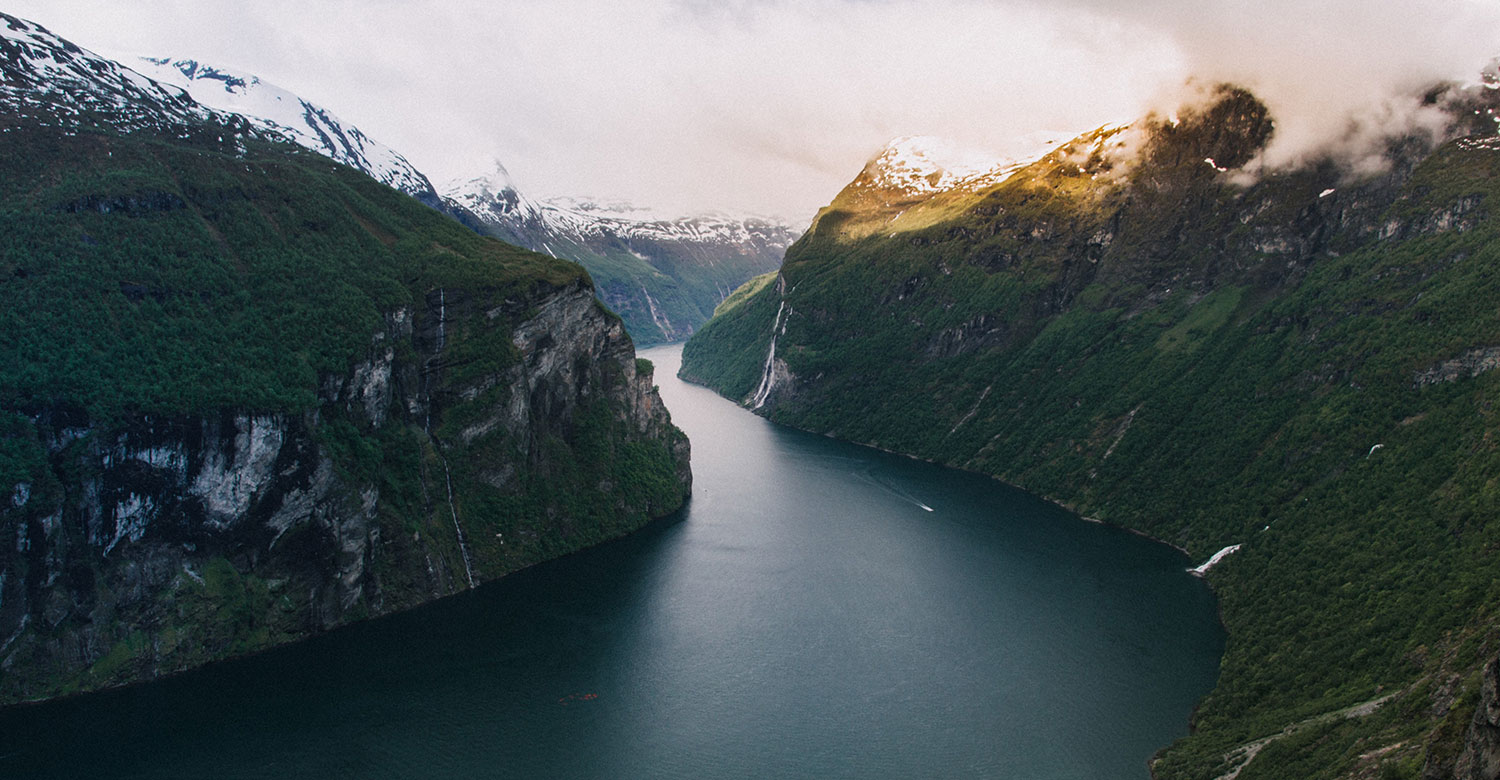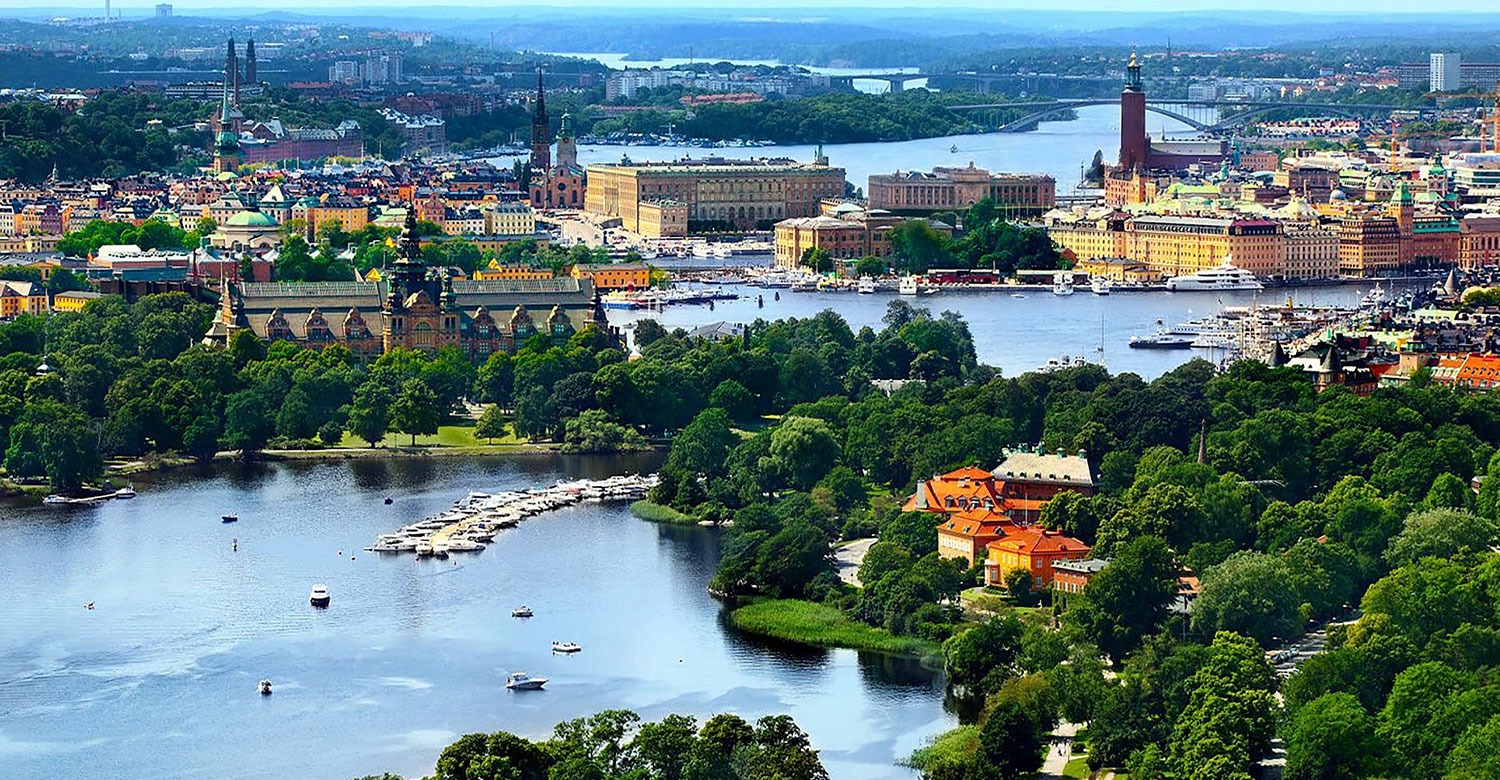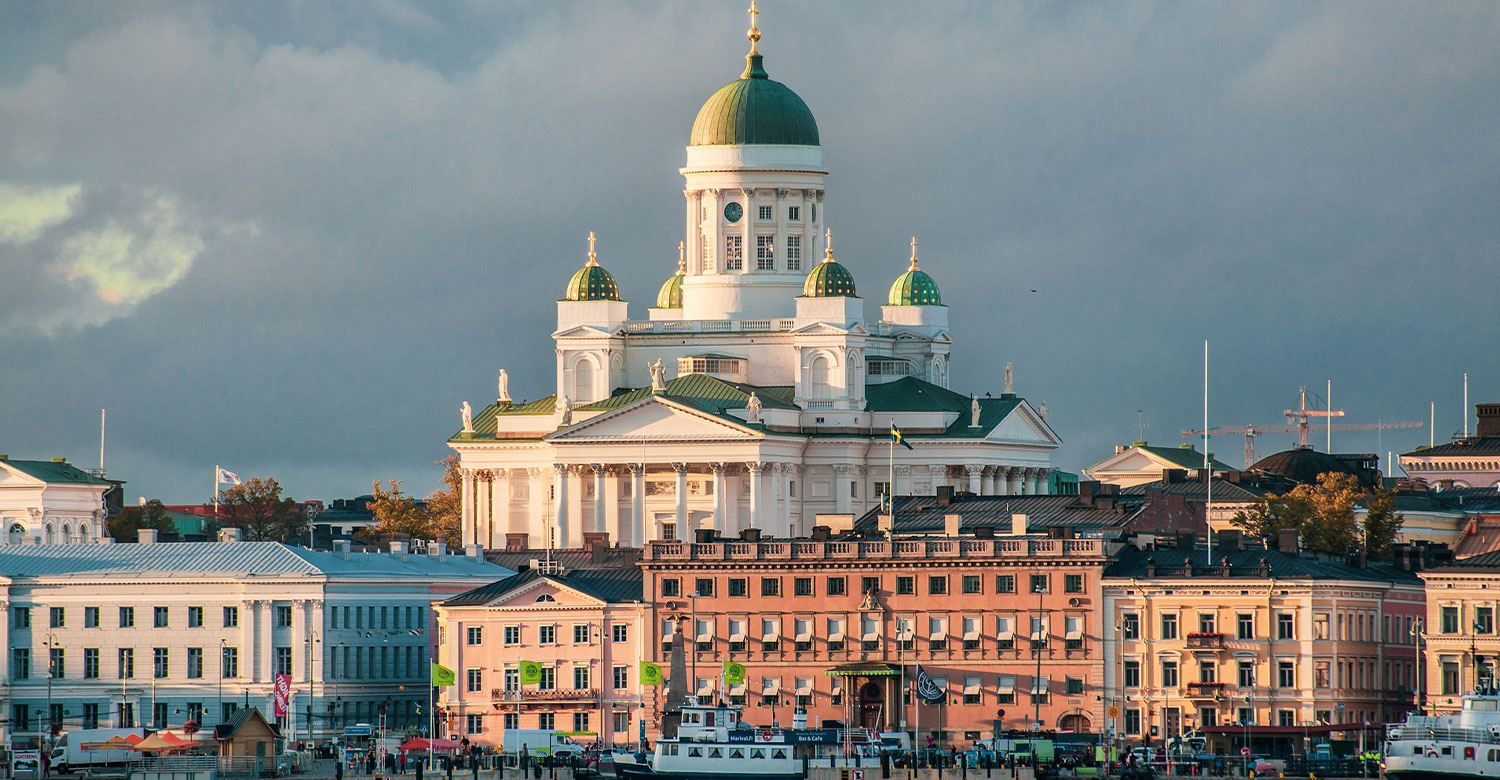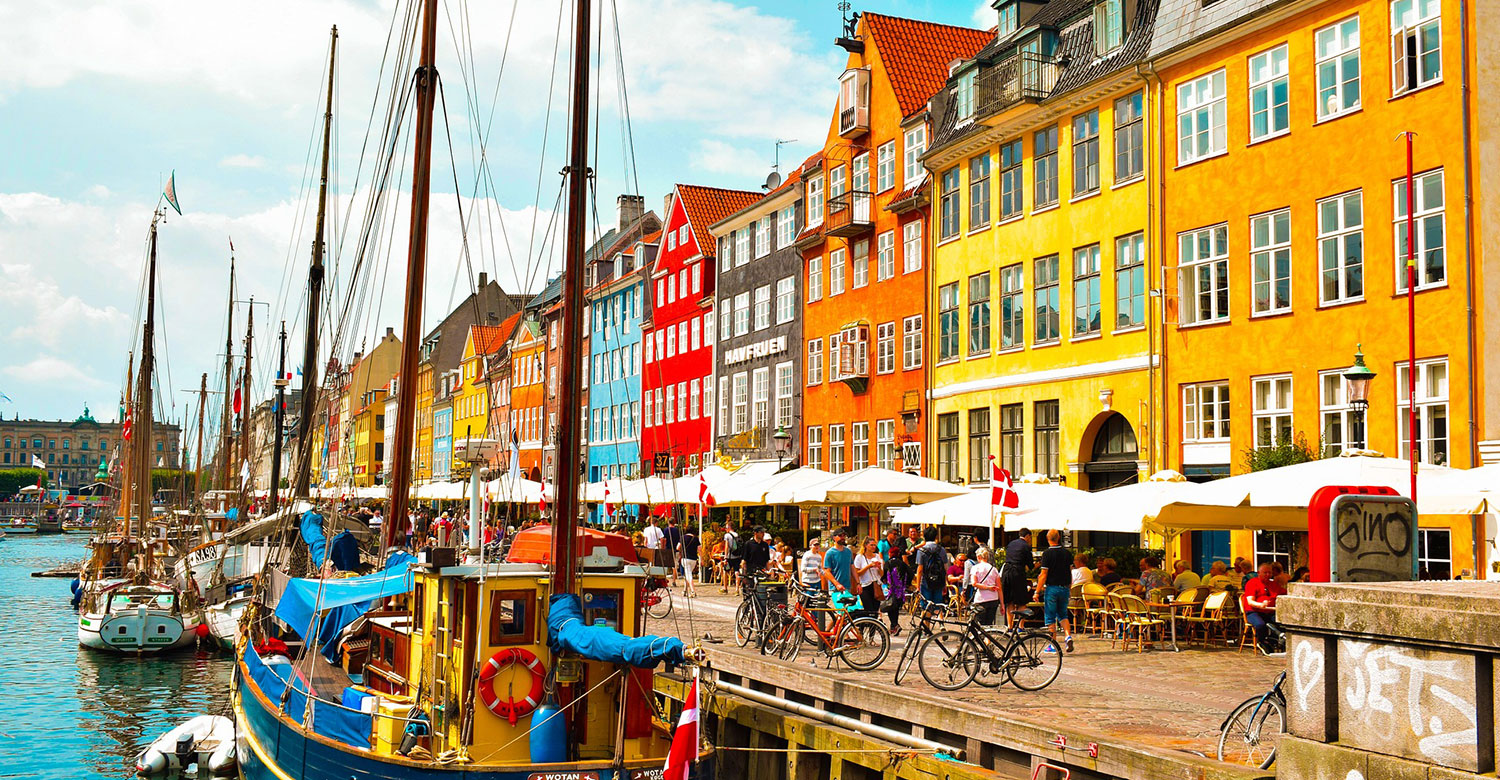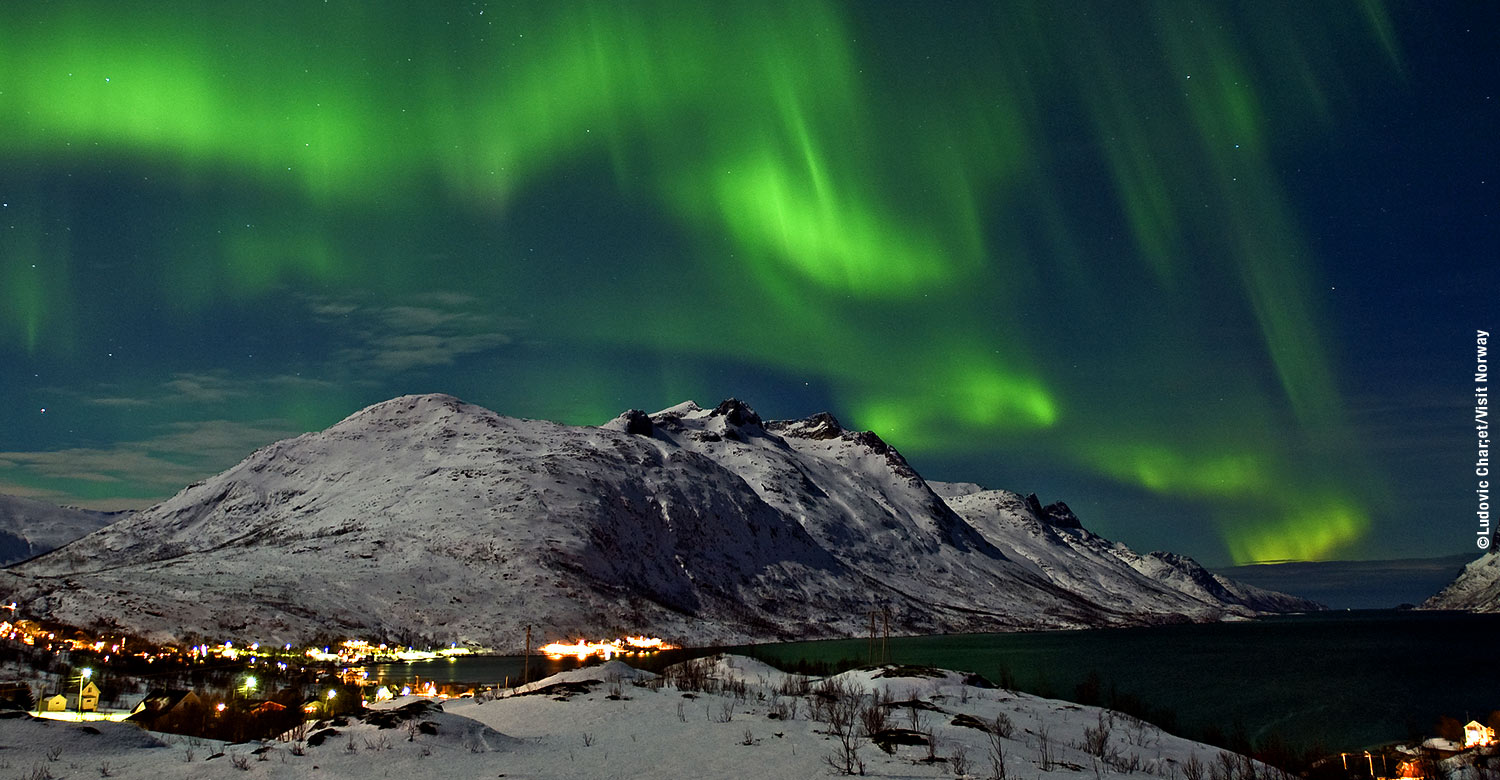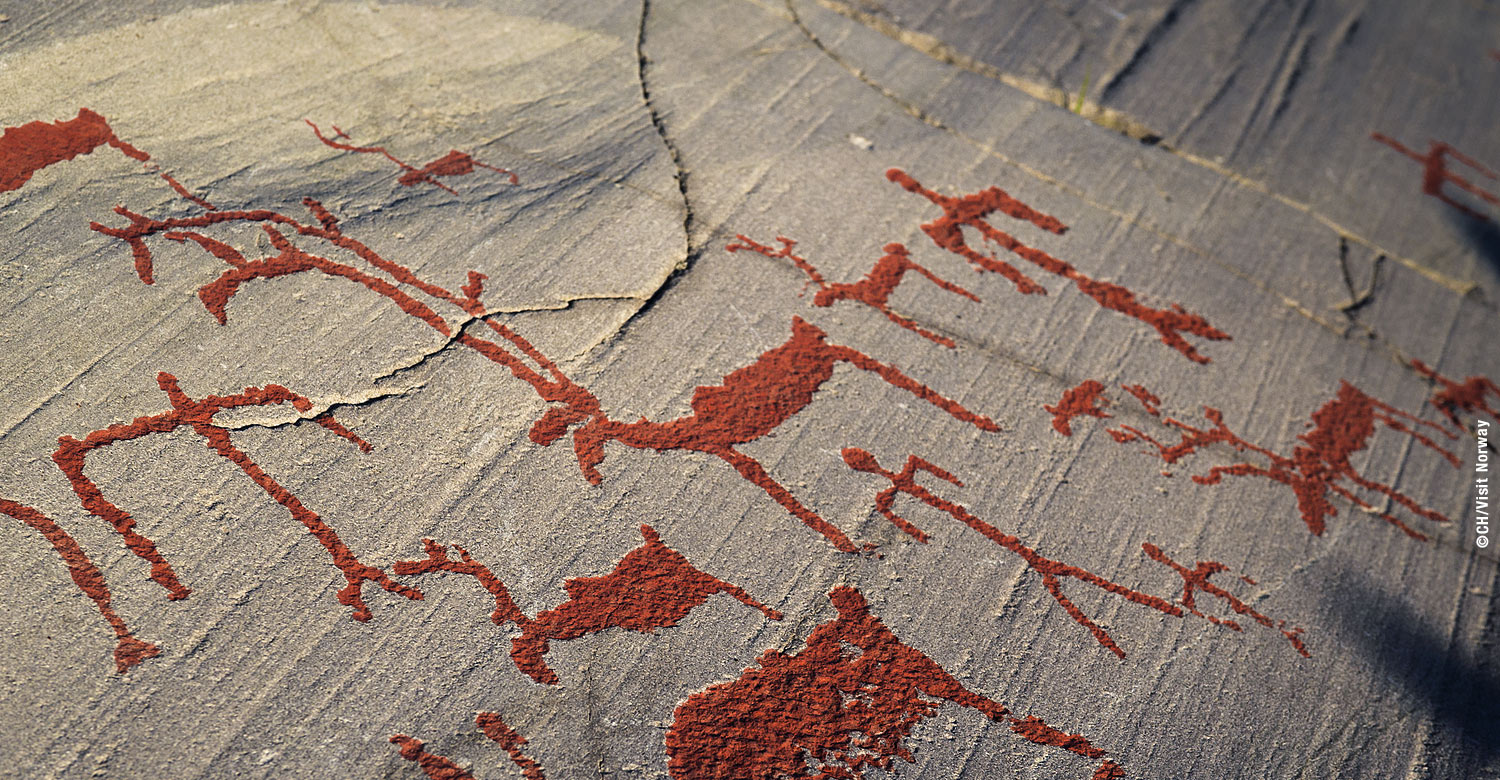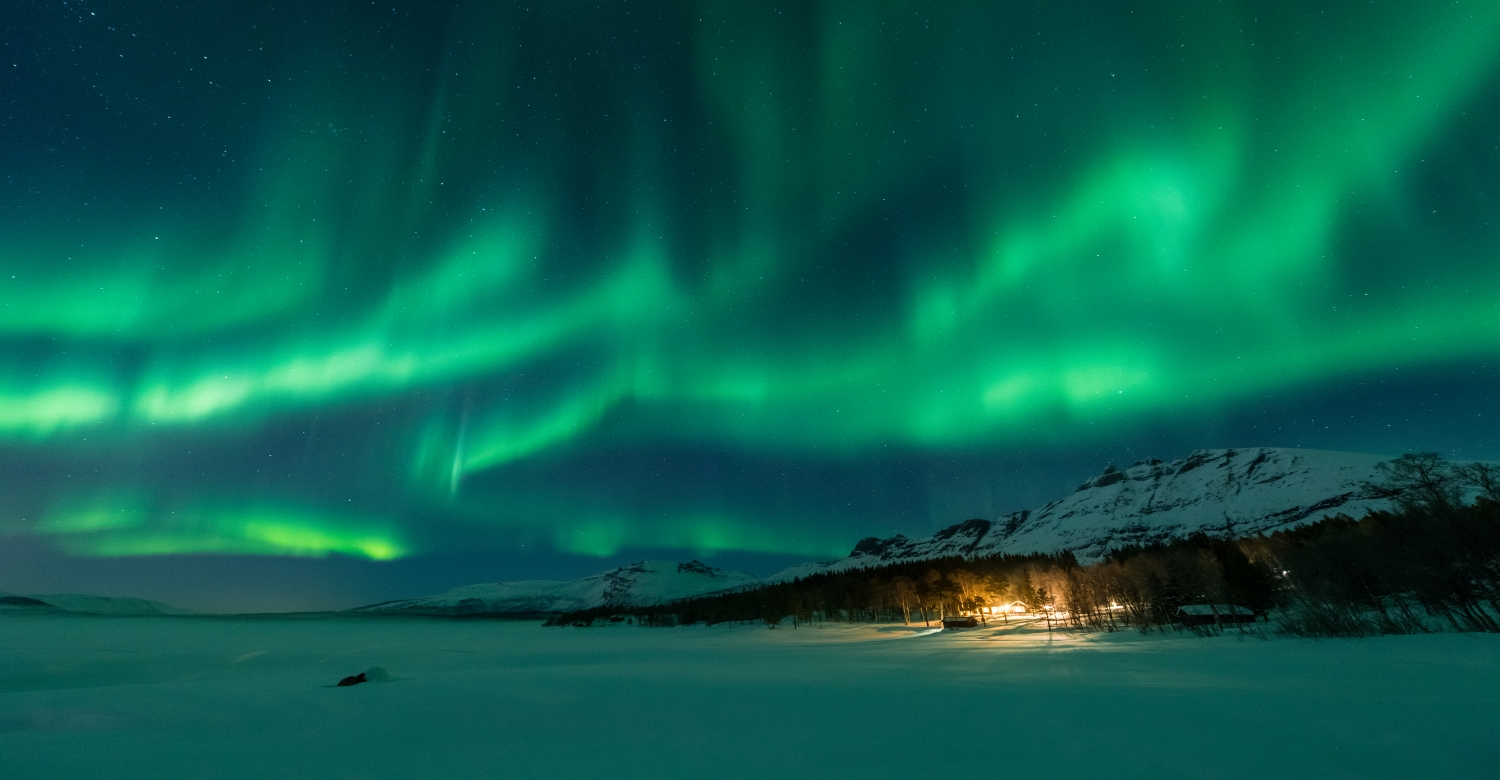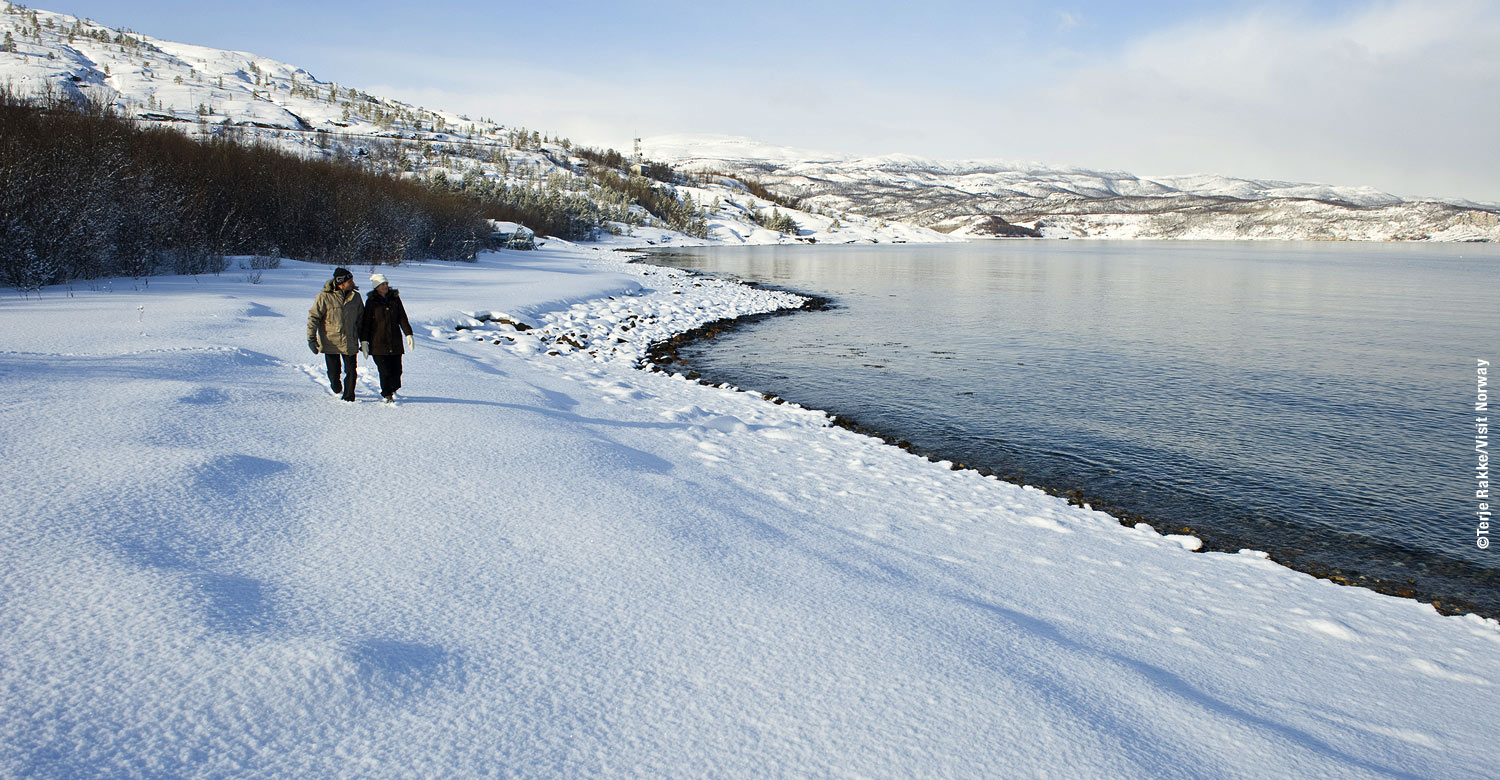Explore the different regions to visit in Scandinavia

Posted by on 26 Apr 2021 , in Europe
Denmark
Happiness is absolutely infectious in one of the world’s happiest nations! Denmark is a small Nordic country known for its hygge lifestyle—finding bliss in all the little things in life. Experience this Danish concept in all of its meaning as you explore the country’s stunning cities and towns, each possessing a unique character and different kind of beauty.
The capital
Formerly a Viking fishing village, Copenhagen is Denmark’s buzzing capital where you’ll witness the perfect fusion of royal history, modern architecture, and eco-friendly living. Always topping the world’s liveability lists, it’s easy to fall in love with this city, from its green parks and squeaky-clean waterways to a culinary scene made of no less than 15 Michelin-starred restaurants and a wide array of cultural attractions. Among Copenhagen’s top tourist hotspots are the Tivoli Gardens, the 17th century canal district of Nyhavn, the magnificent Rosenborg Castle, and the Langelinie promenade where you’ll see the Little Mermaid bronze statue from the shore.
Major cities
West of Copenhagen, still on the island of Zealand, is the antique city of Roskilde. Dating from the Vikings Age, the city has been luring visitors from around the world through its UNESCO World Heritage cathedral and the Viking Ship Museum, a national museum for ships, seafaring and boatbuilding in the prehistoric and medieval period. Roskilde is also famous for its rock festival—it’s certainly an exciting destination for both young and old!
Set on the Jutland peninsula’s east coast, Aarhus is a vivacious city on the rise with its ever-expanding architectural marvels and varied nightlife. Whether your interest lies on shopping and great food or on historic sites and natural surroundings, most of the city’s attractions can be easily reached by foot. Explore the most famous museums of the city, such as Den Gamle By, an open-air town museum in the Aarhus Botanical Gardens, and ARoS Aarhus Kunstmuseum, one of the largest art museums in Northern Europe. You may also want to visit Marselisborg Palace and Tivoli Friheden, a theme park close to the city centre.
Ancient and enchanting, sitting at the narrowest point of the Limfjord, Aalborg is a quaint university town whose old-world charm and recent waterfront developments make it an interesting stopover point in Denmark. In the heart of this city, you’ll find an 8-hectare zoo keeping more than 1,500 animals. The Kunsten and Lindholm Høje Museet museums are also great sites to learn about the evolution of Scandinavian culture and art.
On the west coast of the Jutland peninsula, the seaport town of Esbjerg is often overlooked by tourists. Nevertheless, this town do have spectacular points of interests, such as the Wadden Sea National Park, Men at Sea white monument, and the small marsh island of Langli.
Nestled on the island of Funen, Odense is like an open book where history and fairy tale stories come to pass. Known as the birthplace of Hans Christian Andersen, the famous Danish author of literary classics like “The Ugly Duckling”, “Princess and the Pea”, and “The Little Mermaid”, this city offers a cosy atmosphere perfect for a relaxing holiday break. Visit the H. C. Andersen House, the Funen Village open-air museum, and the Odense Zoo.
Limitless attractions
Other top-rated attractions in Denmark you should not miss include the LEGO House in Billund, the UNESCO-listed Kronborg Castle in Helsingør, Egeskov Castle in Kvarnstrup, and the ever beautiful Farøe Islands and Greenland. There are so many gorgeous spots, you’ll keep on returning again and again to experience every region.
When to visit
There’s never truly a bad time to visit Denmark. It’s the happiest place on Earth that’s why! Nonetheless, here’s a quick guide on when to travel depending on weather conditions and growing crowd.
- Low Season (October – April) - Cool and wet with short daylight hours, but hygge (cosiness) is in full swing. Big cities have Christmas lights, ice-skating rinks and gløgg (mulled wine). Reduced hours for sights; outdoor attractions closed.
- Shoulder (May – mid-June, mid-August – September) - A good time to travel, with generally mild weather and lighter crowds. Spring offers local produce, flowers and a few festivals. Autumn has golden landscapes and cosy nights.
- High Season (mid-June – mid-August) - Long daylight hours, with A-list concerts, festivals and theme parks in full swing. Busy camping grounds, beaches, sights and transport. Accommodation prices peak.
Flights & Getting to Denmark
Demark has over 21 airports spread across the country, but the majority of international flights operate in the main airport of Copenhagen.
Finland
Scenes of great beauty will unfold before your eyes when you step into the unspoilt wonderland of the Finns. Bordering Sweden to the west, Russia to east and Norway to the north, Finland is a Nordic country jampacked with interesting contrasts and awe-inspiring attractions. Its language may be one of the most complex and difficult, but it’s all too easy to fall head over heels with the country. Save for holding the record of the cleanest air and water, it is also considered as the safest place in the world. Yes, you can walk alone in city parks or use public transport regardless of the hour!
Mythical regions
Helsinki
Finland’s capital, Helsinki, may be the country’s largest city but life here is like that of a small seaside town—cosy and unclenched. While it’s an urban centre rich in culture and architectural marvels, it is surrounded by beaches, parks and gardens, and forests accessible from every part of the city. Top sights include the UNESCO-listed 18th century fortress of Suomenlinna, the Helsinki Cathedral rising above all other buildings, the Market Square, and the bizarre Sibelius Monument.
Lapland
Famous for its everlasting subarctic wilderness and fabulous ski resorts, Lapland is definitely above the ordinary. It’s no surprise Santa Claus chose it as his home! It is an unparalleled wonderland with many faces. Dancing Northern Lights are spotted almost every winter night and then during the spectacular phenomenon called the Midnight Sun, the whole region bathes in the 24-hour never-setting sun for nearly three months. At times, the sun no longer rises above the horizon, swallowing the whole place in shades of blue and violet, which is called the Polar Night. Lapland is also one of the best ski destinations as the skiing season here can last over six months. Throughout the frozen season, there are plenty of winter activities to choose from, including husky and reindeer sleigh rides, snowshoeing, toboggan runs, and polar bear encounters.
Lakeland
Water creates a soothing and peaceful atmosphere and there’s no other place in the world as waterborne as the Finnish Lakeland. Enclosed by hundreds of lakes, islands, rivers and canals, this region is the perfect destination for people seeking mental tranquillity and laid-back escapades. Admire a beautiful blend of forest and lake landscapes as you journey through Himos-Jämsä, go hiking, cycling or fishing in the breathtaking town of Ruovesi, and visit Savonlinna to see its impressive medieval castle. Many towns and cities have developed in the lake district, you’ll never run out of places to discover!
Coast and archipelago
Off the south and west coast of Finland lies the archipelago with the greatest number of islands in the world. Set sail across the sea to experience the unhurried way of life on one of the more than 180,000 scattered islands. Stay in a lighthouse hotel, visit an ironwork village, taste the most delicious crayfish dishes, and enjoy birdwatching in spring. During winter, you can walk on the frozen Baltic Sea or take an icy plunge into the freezing water—if you dare.
Pure and relaxing nature
Blessed with an extraordinary geography, Finland is nicknamed as the Land of a Thousand Lakes but that’s not the end of it. It’s also the land of a thousand forests—70% of the country is taken over by forest. Here, you are granted freedom to roam in nature, taking in the fresh and calming air whilst revelling in an enchanting setting.
Unmissable experiences
Sauna
Finns are obsessed with saunas. In fact, there are over 3 million saunas around Finland. You can always find one near you!
Coffee
It is said that Finnish people consume the most coffee in the world. This more than likely originated due to Finland’s extreme temperature. If you’re a certified coffee lover, then this country is a paradise for you. You’ll find plenty of coffee shops and cafes in any city you visit.
Food
Finnish cuisine always starts with clean and naturally nutrient-rich ingredients, although each region has its own delicious character. Market stalls overflow with fresh produce and festivals are held to celebrate the arrival of favourite foods.
Some of Finland’s most iconic specialties you should try:
- Karjalanpiirakka or Karelian pies - filled with potatoes, rice or carrots
- Kalakukko pies - filled with muikku, a small herring-like fish
- Grillimakkara - big, fat sausages
- Ruisleipä - rye bread
- Korvapuusti – cinnamon buns
- Crayfish or freshwater lobsters
- Reindeer meat
- Salmiakki (salty liquorice)
When to visit
High Season (July)
- Attractions and lodgings are open.
- Hotels outside Helsinki are often substantially cheaper.
- Summer budget accommodation is open.
- Boat cruises are running.
- Numerous festivals held across the country.
Shoulder (June & August)
- Long days with decent temperatures.
- Most attractions are open.
- Not as crowded as July.
- Fewer insects up north.
- Country shuts down over midsummer weekend.
Low Season (September – May)
- Outside cities, many attractions are closed.
- For autumn leaf colour, visit around September to October.
- Hotels charge top rates, except on weekends.
- Aurora-spotting chances are highest in October, November and March.
- Experience plenty of snow from December to March. Also, the best time for winter activities.
- April to May is the period for springtime sun and the revival of nature.
- Short, cool or cold days.
Norway
Norway, the name alone conjures up images of stunning fjord coastlines, majestic mountains, thundering waterfalls, glistening glaciers, abundant wildlife, midnight sun and the colourful Northern Lights, making it one of Europe’s most diverse and adventure-driven destinations. Whether you are looking for an epic adventure during summer or winter, or if you simply want to soak in the awe-inspiring scenery, Norway offers endless of possibilities for everyone.
Discover Oslo, the thriving capital city located in Eastern Norway. Known as a global city, Oslo is packed with numerous cultural attractions including world-class museums, galleries and annual festivals. Explore its famous landmarks such as the Viking Museum, features three Viking ships and other items from the Viking Age; the Munch Museum features the famous The Scream and other works of Edvard Munch; Vigeland Museum houses the works of Norway’s popular sculptor, Gustav Vigeland.
Head to north if you want to experience the incredible phenomena of midnight sun and Northern Lights. Admire the rugged beauty of North Cape – hike the natural arch of Kirkeporten, go bird watching at Gjesværstappan Nature Reserve, explore Skarsvåg, the world’s nethermost fishing village, or catch the incredible Northern Lights. In Alta, learn Norway’s Sami culture, explore the historic carvings in Hjemmeluft or stay in an ice hotel.
The southern region is probably Norway’s best-kept secret, from its mild climate, charming villages, wooden houses dotted along the coastline to the white beaches of Lista. Don’t miss, Under, the world’s largest underwater restaurant, offering local delicacies.
A trip to Norway is not complete without a visit to its renowned fjords. Explore the awe-inspiring Geirangerfjord, a UNESCO World Heritage Site and one of Norway’s most visited natural attractions. Surrounded by steep, snow-capped mountains, this fjord is known for its fabled waterfalls including the Seven Sisters, Suitor and Bridal Veil, and deserted fjord farms.
Also located in Western Norway is Sogneford, dubbed as King of the Fjords, it is the largest and deepest fjord. Its famous and most beautiful branch, Nærøyfjord, is listed as a UNESCO World Heritage Site, replete with majestic mountains, waterfalls and farms perched on the mountainside.
Gear up for an unforgettable adventure in Svalbard Islands. Located between Norway and the North Pole, it is home to thousands of polar bears and other wildlife including the Arctic fox, Svalbard reindeer, whales, dolphins and walruses.
When to visit
Norway is one of the most beautiful countries in Europe making it a year-round holiday destination. The best time to visit Norway depends on the activity you want to experience.
Spring – March to May
- Spring arrives early in Southern Norway.
- In Northern Norway, spring starts usually late May or early June.
- 17 May is Norway’s Constitution Day.
Summer – June to August
- Summer temperature is usually between 25 to 30C
- Experience the midnight sun in Northern Norway (The North Cape, Bodø, Storsteinen in Tromsø or in Alta).
- Enjoy activities such as kayaking, hiking, cycling, fishing and camping.
- Celebrate Midsummer Eve with the locals on 23 June.
Autumn – September to November
- You might experience a wide range of temperature and weather type.
- Summer season may last until October, while rain turns into snow in early November.
- Temperature is usually between 0 to 10 degrees Celsius.
- Autumn is usually harvest time in Norway.
Winter – December to February
- The average temperature is -6.8 degrees Celsius.
- Experience winter activities such as skiing, sledging, snowshoeing, ice fishing, skating or a fjord cruise.
- Witness the breathtaking Northern Lights (October to March are the best months).
- Visit Christmas markets and fairs during winter season.
Getting Around
Norway offers a well-established transport system with a large network of planes, trains, buses and ferries.
The Norwegian State Railways operates all railways from Kristiansand in the south to Bodø in the north. It also connects Oslo to other major cities with main lines running several times a day.
Car ferry is another authentic and scenic way to travel around Norway especially in Northern Norway and the fjords. The popular Hutigruten is a coastal streamer that travels along the Norwegian coast from Bergen to Kirkenes. Departures are daily with several stops along the coast.
Norway also offers an extensive range of express and long-distance coaches linking all major cities, towns, airports and ferry terminals.
Tipping
Tipping is not common in Norway except for high-end restaurants and cafes where locals usually give tip if they are satisfied with the food or service. Tip is usually 5 to 15% of the total amount of the bill. Tipping is entirely up to you.
Sweden
Discover the beautiful and intriguing Sweden, the largest country in Northern Europe. It is located west of the Baltic Sea and Gulf of Bothnia, borders Norway to the northwest and Finland to the east. The country is famous for its scenic archipelagos, cultural cities, natural attractions, impeccable fashion style and rich cuisine. Sweden offers endless of experiences for first-time or returning visitors alike, from the vibrant capital city of Stockholm to the snow-blanketed Swedish Lapland.
Experience Stockholm, the capital and largest city of Sweden. Dubbed as the “Venice of the North”, Stockholm is set on an archipelago composed of 14 islands connected by 57 bridges. The city offers a myriad of history, art and culture, from stunning architecture, historic royal palaces, world-class museums and art galleries. Head to the Old Town to see well-preserved buildings and landmarks including the Royal Palace, the Stockholm Cathedral, Riddarholmen Church and the Nobel Museum.
Visit Gothenburg, Sweden’s culinary capital and full of old-world charm, the city is packed with first-class eateries that doesn’t break your budget. Don’t miss Feskekryk (Fish Church), an indoor fish and shellfish market offering all kinds of seafood delicacies. Wander along the charming district of Haga, famous for its cobblestone streets, lovely wooden houses, stone buildings and independent cafes.
Travel to south and explore Malmo, the third-largest city in Sweden located in the province of Skane. Visit Malmöhus Castle, Sweden’s oldest Renaissance Castle or St. Peter’s Church, the oldest building in Malmo. Or see the city’s skyline from Turning Torso, the tallest building in Scandinavia.
Head to Swedish Lapland to catch the intriguing, Northern Lights, the greatest light show on Earth. For true winter experience, stay at the popular IceHotel, a hotel made of ice and snow. During the summer season, experience the incredible midnight sun.
When to visit
Winter – November to February
- Revel in the magic of the Northern Lights at the Aurora Sky Station at the Abiski National Park.
- Stay at the Icehotel or Treehotel.
- Enjoy winter activities such as skiing or snowmobiling.
Summer – June to August
- Temperature is usually between 20 to 30 degree Celsius.
- Witness the midnight sun in Northern Sweden or Swedish Lapland.
- Enjoy outdoor activities such as hiking or cycling.
Autumn – September to October
- The weather can be wintery cold with abundant rainfall.
Spring – March to May
- The weather is somewhat unpredictable during this season, a combination of cold and sunny.
- Celebrate Walpurgis Eve on 30 April, the eve of Christian feast day of Sain Walpurga. This is observed throughout Central and Northern Europe.
Some popular packages from Scandinavia Travel & Holiday Packages
Subscribe now for your chance to win
a $500 Travel Voucher
Be the first to hear about our new Holiday Packages
